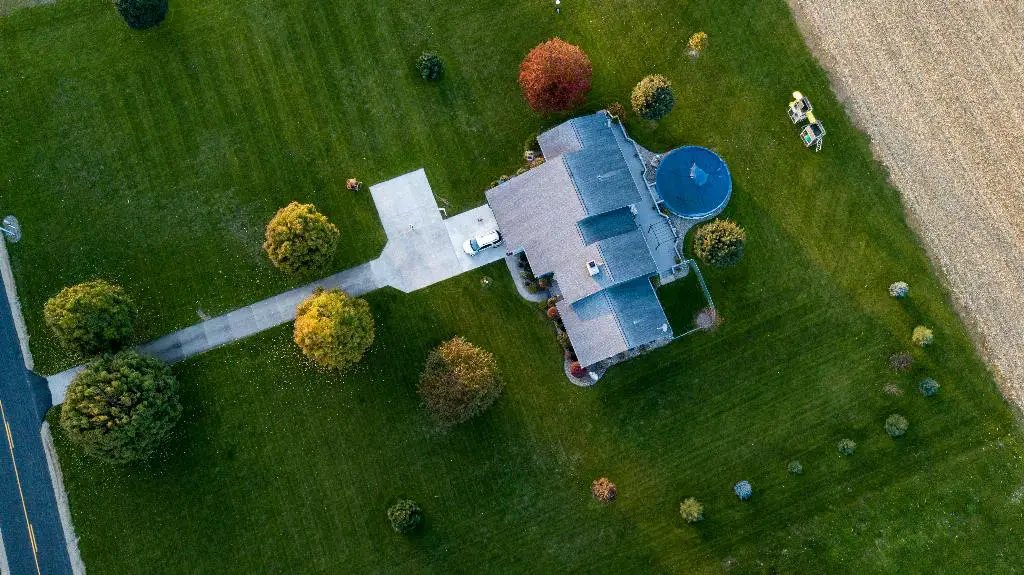When it comes to maintaining a healthy and vibrant lawn in Michigan, knowing when to dethatch is key. Dethatching is the process of removing a layer of dead grass, roots, and organic debris that can build up on your lawn over time. This buildup, known as thatch, can prevent water, air, and nutrients from reaching the soil, leading to an unhealthy lawn.
For larger yards, using a power dethatcher or power rake is recommended to effectively remove thatch. Additionally, aerating your lawn can help alleviate soil compaction and excess thatch simultaneously. This combination of dethatching and aerating is beneficial for promoting healthy grass growth and overall lawn health.
In Michigan, the ideal time to dethatch your lawn is during the late summer and early fall months. During this period, the weather conditions are typically conducive to the dethatching process, with cooler temperatures and sufficient moisture in the soil.
By dethatching in late summer or early fall, you give your lawn the opportunity to recover and regrow before the harsh winter months set in. Removing thatch at this time allows the grass roots to better absorb nutrients, water, and air, preparing them for dormancy and promoting a lush, green lawn come springtime.
It’s important to observe the condition of your lawn before deciding to dethatch. If your lawn shows signs of thatch buildup, such as a spongy feel underfoot, difficulty penetrating the soil with a screwdriver, or poor water absorption, these are indications that dethatching is necessary to improve the health of your grass.
However, it’s equally crucial not to dethatch your lawn too frequently, as this can damage the grass and soil structure. Ideally, dethatching should be done every 2-3 years, or as needed based on the condition of your lawn.
Before dethatching, it’s recommended to mow your lawn at a slightly lower height than usual to expose the thatch layer for easier removal. Once the thatch is removed, be sure to water your lawn deeply to promote recovery and stimulate new growth.
When dethatching your lawn, it’s essential to follow proper techniques to avoid damaging the grass or soil. Use the appropriate equipment, such as a power dethatcher or rake, and set the blades to the correct depth to effectively remove thatch without harming the grass roots.
After dethatching, consider overseeding your lawn to fill in any bare spots and promote thick, healthy turf growth. This additional step can help optimize the benefits of dethatching and rejuvenate your lawn for the upcoming seasons.
Regular lawn maintenance practices, including dethatching, aerating, mowing, and watering, are crucial for keeping your lawn looking its best throughout the year. By dethatching your Michigan lawn at the right time and following proper techniques, you can ensure a healthy and thriving grass that enhances the beauty of your outdoor space.
So, if you’re wondering when to dethatch your lawn in Michigan, remember to schedule this essential lawn care task during late summer or early fall to reap the benefits of a lush and vibrant grass come springtime.

